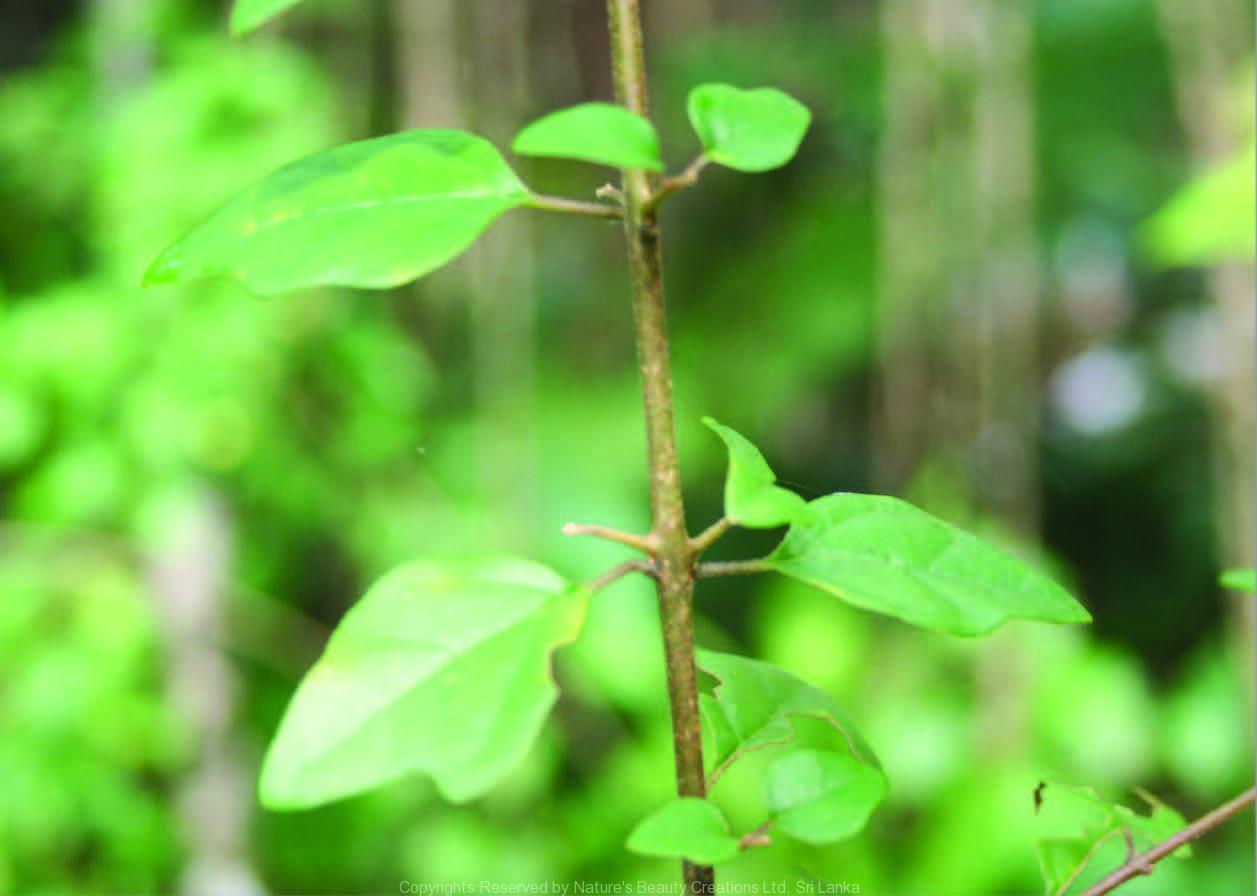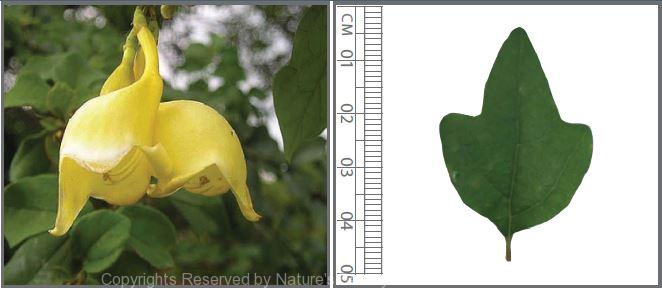

Traditional Knowledge
Useful plant parts :
Root and bark
Uses in traditional medicine :
- Paste of crushed fresh roots is applied on rheumatic swellings
- Thick infusion of the bark is used to wash ulcers and infected wounds
- Used to treat bronchitis, pneumonia and asthma
Scientific Research
Chemical constituents:
Glycerol trimethyl ether derivative, 1, 2-Benzenedicarboxylic acid, diisooctyl ester from aerial parts
Bioactivity :
Alcohol extracts of roots: antimicrobial, anti-inflammatory, antipyretic, antihyperglycaemic; ethyl acetate extract of roots: antiproliferative against human breast cancer cells
Clinical:
References : Balijepalli, M. K. et al., (2010), Antiproliferative activity and induction of apoptosis in estrogen receptor-positive and negative human breast carcinoma cell lines by Gmelina asiatica roots, Pharmacognosy Res, 2(2), 113-9. Ikftam, M. et al., (1987), Antipyretic studies on some indigenous Pakistani medicinal plants: II, Journal of Ethnophamacology, 19, 185-192. Kasiviswanath, R. et al., (2005), Hypoglycemic and antihyperglycemic effect of Gmelina asiatica Linn. in normal and in alloxan induced diabetic rats., Biological and Pharmaceutical Bulletin, 28(4), 729-32. Merlin, N. J. et al., (2009), Chemical Investigation of Aerial Parts of Gmelina asiatica Linn by GC-MS, Pharmacognosy Research, 1(3), 152-156. Sudhakar, M. et al., (2006), Evaluation of antimicrobial activity of Cleome viscosa and Gmelina asiatica, Fitoterapia, 77, 47-49. Syed, I. T. et al., (1997), Biochemical modes of action of Gmelina asiatica in inflammation, Indian Journal of pharmacology, 29(5), 306-309.
Copyrights Reserved By
Natures Beauty Creations




